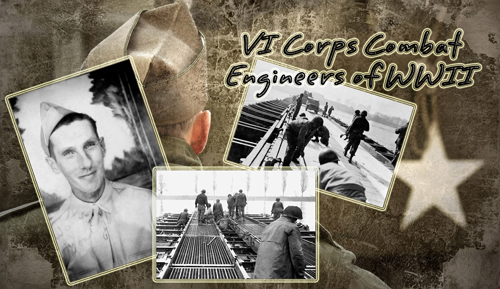Many of you know that I am reading Gen Bradley's book, A Soldiers Story. This morning I want to share some disturbing and haunting facts that give you a real feel for the part a rifle platoon played in the war. The next two paragraphs are taken directly from Bradley's book and show you why the CIB is so cherished amongst the infantry. Sobering facts boys and girls. ![]()
----------------
Previous combat had taught us that casualties are lumped primarily in the rifle platoons. For here are concentrated the handful of troops who must advance under enemy fire. It is upon them that the burden of war falls with greater risk and with less likelihood of survival than in any other of the combat arms. An infanty division of World War II consisted of 81 rifle platoons, each with a combat strength of approximately 40 men. Altogether those 81 assault units comprised but 3.240 men in a division of 14,000.00. In an army of 350,000, fewer than one of out seven soldiers stood in that front line. This does not mean, of course, that none of the other seven fought. Many of them did, but as machine gunners, artillerymen, engineers, and tankers. And in Theater the proportion declined at an even more precipitous rate: one man with a rifle for each 15 men behind him.
Prior to the invasion we had estimated that the infantry would incur 70 percent of the losses of our combat forces. By August we had boosted that figure to 83 percent on the basis of our experience in the Normandy hedgerows. The appalling hazard of an infantryman's life in combat was illustrated at St-Lo where in 15 days the 30th Division sustained 3,934 battle casualties. At first glance those casualties would seem to imply 25 percent losses for the division. That figure, however, is deceptive. Because three out of every four of those casualties occured in a rifle platoon, the rate of loss in those platoons exceeded 90 percent.
Proud Daughter of Walter (Monday) Poniedzialek
540th Engineer Combat Regiment, 2833rd Bn, H&S Co, 4th Platoon
There's "No Bridge Too Far"




